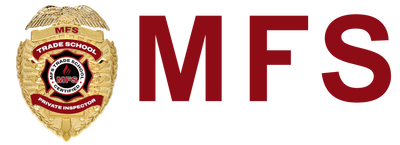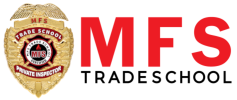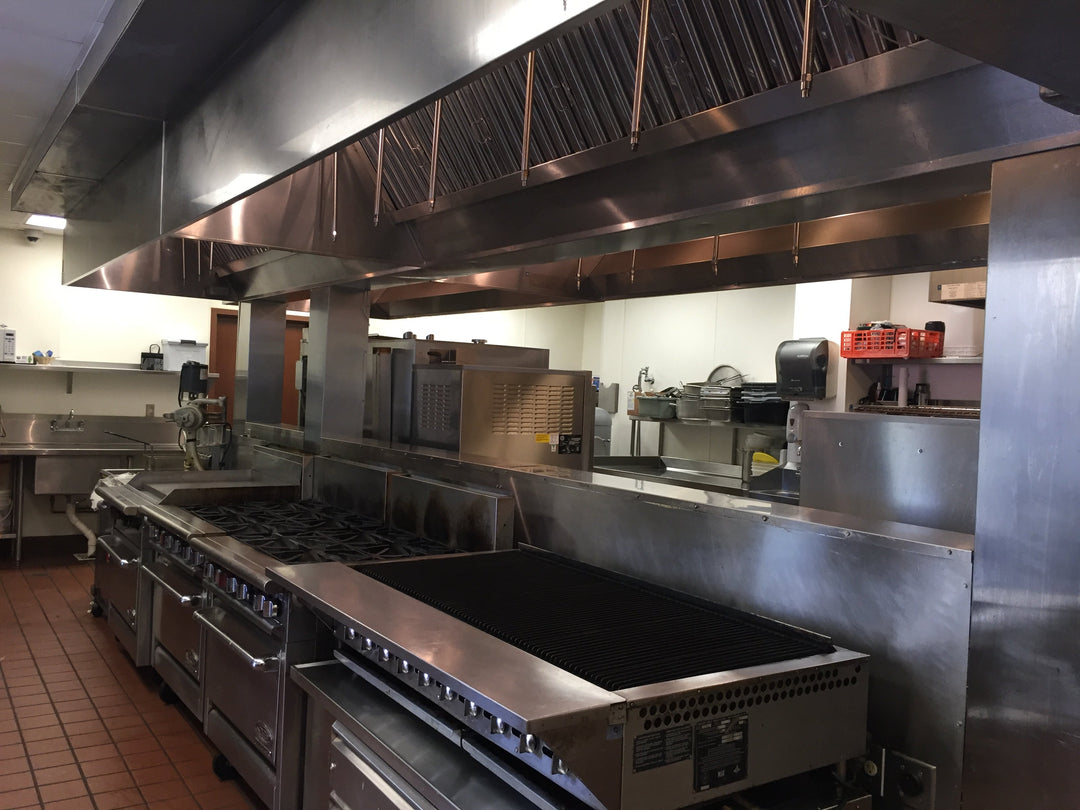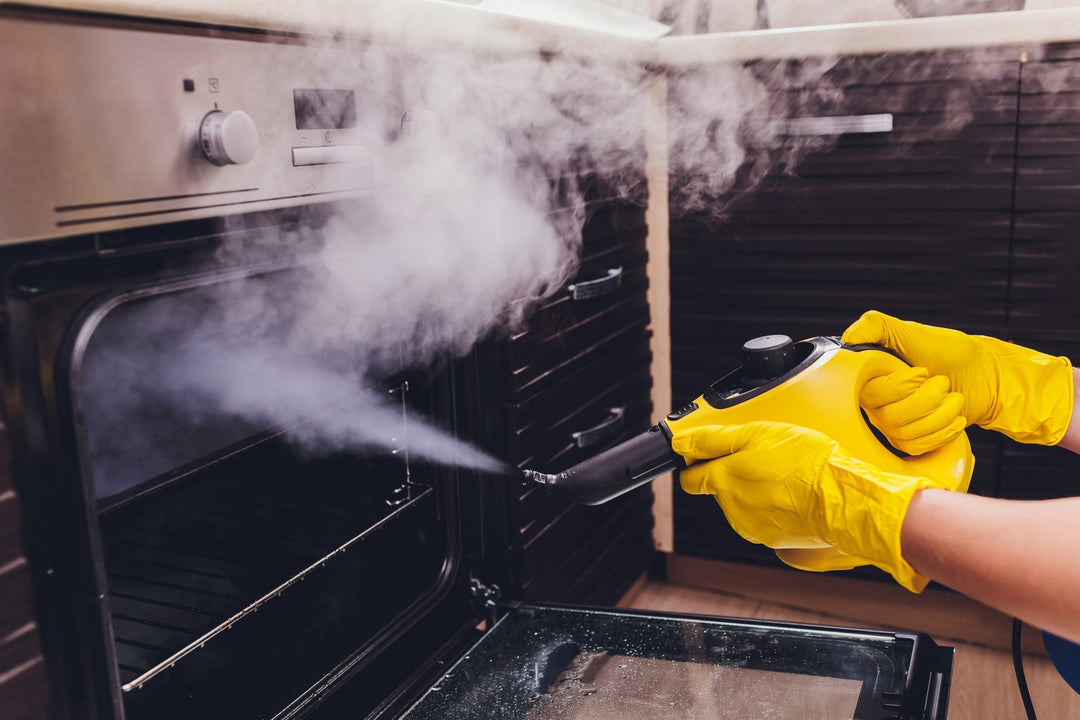Top 7 Innovative Technologies in Kitchen Hood Cleaning
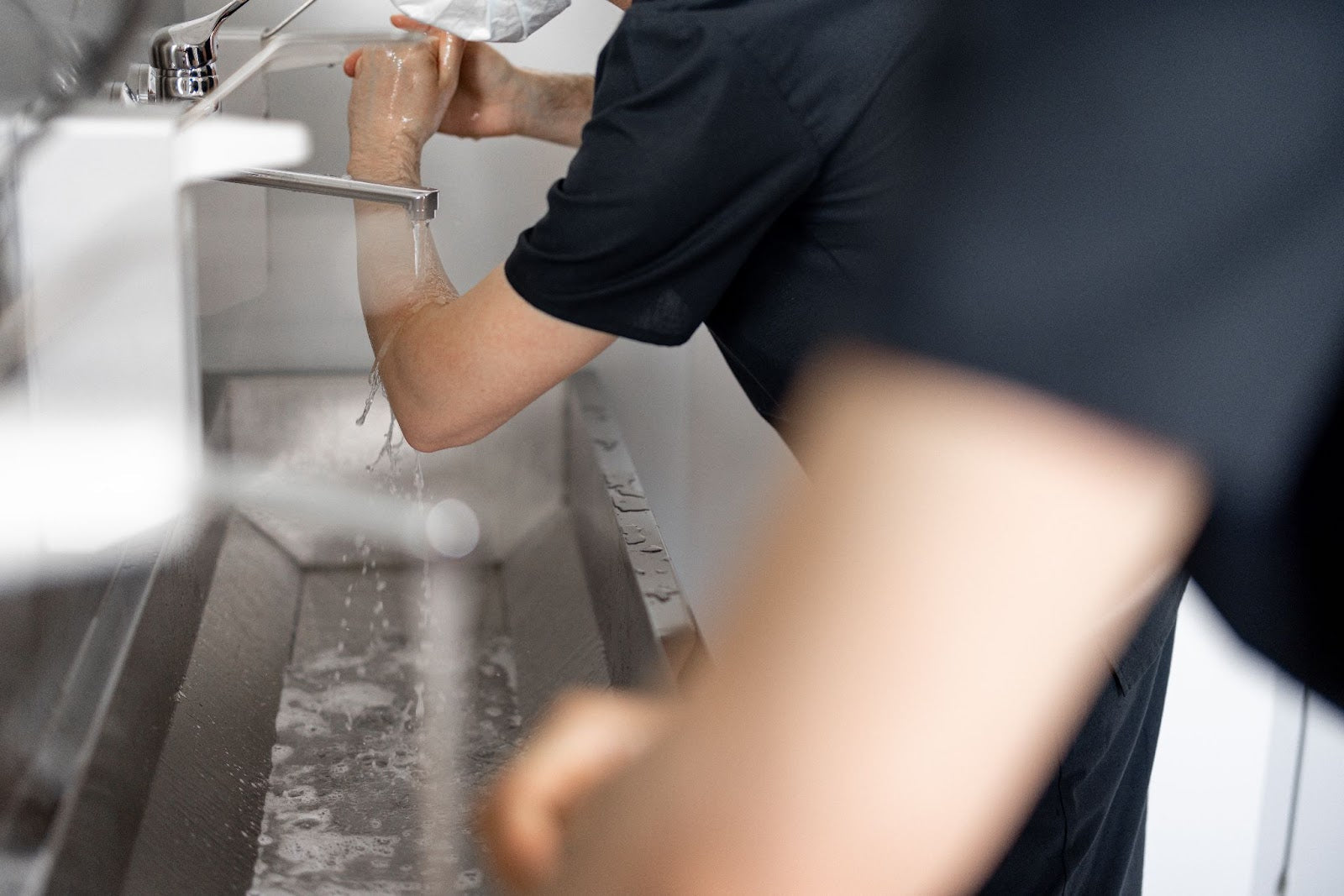
Maintaining a clean and safe kitchen environment is crucial for any commercial food service establishment. With the constant accumulation of grease, grime, and other contaminants in exhaust hoods, fans, and ductwork, regular cleaning is essential to prevent fire hazards and ensure compliance with health and safety regulations.
In recent years, innovative technologies have revolutionized the way commercial kitchens approach hood cleaning. These cutting-edge solutions not only improve the efficiency and effectiveness of the cleaning process but also contribute to a safer and more hygienic kitchen environment.
From automated cleaning systems and UV-C light technology to eco-friendly solutions and IoT-enabled devices, the world of kitchen hood cleaning has witnessed a surge of groundbreaking innovations. These advancements are transforming the industry, empowering restaurant owners and kitchen managers to optimize their cleaning processes, reduce costs, and prioritize the well-being of their staff and customers.
What is Kitchen Hood Cleaning?
Kitchen hood cleaning is a crucial process that involves removing grease, grime, and other contaminants from the exhaust hoods, fans, and ductwork in commercial kitchens. This cleaning is typically performed by specialized professionals who use a combination of manual and mechanical methods to ensure thorough cleaning of all components.
The primary purpose of kitchen hood cleaning is to maintain a safe and hygienic kitchen environment. Over time, grease and other contaminants accumulate in the exhaust system, creating a fire hazard if left unchecked. Regular cleaning helps prevent the buildup of flammable materials, reducing the risk of kitchen fires.
Moreover, kitchen hood cleaning is essential for complying with fire safety regulations and health codes. Most local authorities require commercial kitchens to maintain a clean exhaust system to ensure the safety of both kitchen staff and customers. Failure to comply with these regulations can result in fines, temporary closures, or even the revocation of operating licenses. For more details, refer to our FAQs about kitchen exhaust hood cleaning.
Effective kitchen hood cleaning not only removes visible grease and grime but also addresses hidden areas within the exhaust system. This includes cleaning the interior surfaces of hoods, fans, and ductwork, as well as replacing grease filters when necessary. By maintaining a clean exhaust system, commercial kitchens can improve air quality, reduce odors, and extend the lifespan of their equipment.
Specialized training programs, such as those offered at MFS Trade School, provide aspiring entrepreneurs and small business owners with the knowledge and skills needed to perform hands-on training for kitchen exhaust hood cleaning effectively. These programs cover topics such as proper cleaning techniques, safety protocols, and the use of advanced cleaning technologies, equipping individuals with the expertise required to establish and grow successful cleaning businesses in the restaurant industry.
Automated Hood Cleaning Systems
One of the most significant advancements in kitchen hood cleaning technology is the development of automated cleaning systems. These systems, such as AutoMist, use programmable timers to spray a light mist of water and detergent onto the hoods, flues, and fans daily, effectively removing grease and grime without the need for manual intervention. For more advanced cleaning methods, consider innovative parts cleaning solutions by CTG.
Automated hood cleaning systems offer several key benefits:
-
Reduced Fire Risk: By eliminating the buildup of grease and other flammable materials, automated systems significantly reduce the risk of kitchen fires.
-
Increased Efficiency: With daily cleaning cycles, automated systems maintain a consistently clean exhaust system, reducing the need for time-consuming manual cleaning.
-
Cost-Effective Solution: Automated cleaning systems can be retrofitted into existing exhaust systems, making them a cost-effective option for commercial kitchens looking to upgrade their cleaning processes.
The AutoMist system, for example, activates 3-4 times per day, spraying a light mist of water and detergent for 5-10 seconds. This brief cleaning cycle effectively removes grease and grime from the hoods, flues, and fans, with the wastewater draining into a safe receptacle for easy disposal.
By automating the cleaning process, commercial kitchens can ensure that their exhaust systems remain clean and compliant with health and safety regulations, without the need for extensive manual labor or costly third-party cleaning services. This not only saves time and money but also allows kitchen staff to focus on their core responsibilities, such as food preparation and customer service.
Automated Hood Cleaning Systems
Incorporating cutting-edge technology, automated hood cleaning systems revolutionize the maintenance of kitchen safety and cleanliness. With systems like AutoMist, strategically timed activations ensure that a fine spray of cleaning agents reaches critical areas such as hoods, flues, and fans multiple times daily. This targeted approach prevents grease and grime from accumulating, significantly mitigating fire risks—a paramount concern for commercial kitchens.
These advanced systems offer transformative benefits. They fit seamlessly into existing exhaust infrastructures, avoiding the need for costly renovations. This adaptability makes them an economically sound choice for upgrading kitchen operations. By automating the cleaning process, staff can focus more on culinary tasks, enhancing productivity without diverting resources to labor-intensive cleaning.
Furthermore, automated systems deliver consistent results that uphold rigorous health and safety standards. Regular cleaning cycles ensure that exhaust systems operate at peak efficiency, thereby extending their service life and optimizing kitchen operations. As the restaurant industry evolves, adopting such technologies will be crucial to maintaining high standards of safety and efficiency without incurring excessive costs or operational downtime.
UV-C Light Technology
Incorporating UV-C light technology, commercial kitchens are setting new benchmarks for cleanliness and safety. This technology excels at neutralizing microorganisms that compromise food safety. By effectively sanitizing surfaces, equipment, and even the air, UV-C light forms a critical barrier against pathogens, enhancing the kitchen's protective measures.
Moreover, UV-C light offers an efficient, chemical-free alternative to conventional disinfection methods, aligning with emerging cleaning technology trends. This is especially beneficial for commercial kitchens aiming to decrease chemical usage, thus fostering a healthier work environment. By implementing UV-C technology, establishments can refine their cleaning protocols, reinforcing defenses against health risks while supporting sustainability initiatives.
Electrolyzed Water Systems
In the landscape of commercial kitchen cleaning, electrolyzed water systems offer a groundbreaking approach. By applying an electric current to a water and salt mixture, these systems generate a potent cleaning solution. This advanced method provides a powerful alternative to traditional chemicals, aligning with the industry's shift toward sustainable practices.
The benefits of using electrolyzed water are numerous and impactful. This technology delivers effective cleaning while ensuring safety for both staff and the environment. Without the presence of harmful chemical residues, it supports a healthier workplace, promoting well-being among kitchen personnel. Additionally, this method seamlessly integrates into existing cleaning routines, maintaining rigorous sanitation standards without disruption.
Economically, electrolyzed water systems offer considerable advantages. They replace the need for multiple conventional cleaning products, leading to significant cost savings. By simplifying the cleaning process, these systems also boost operational efficiency, allowing kitchen teams to concentrate on essential culinary tasks. As the restaurant industry embraces more sustainable and cost-effective solutions, electrolyzed water systems stand out for their environmental and operational benefits, ensuring cleanliness without sacrificing safety or efficiency.
Steam Cleaning Technology
Steam cleaning technology brings a transformative approach to maintaining cleanliness in commercial kitchens. By harnessing the power of high-pressure steam, this method excels at reaching and sanitizing even the most inaccessible areas of kitchen equipment. Grills, ovens, and a range of other cooking tools benefit from this comprehensive cleaning solution, effectively breaking down stubborn accumulations of grease, grime, and food residues.
Beyond its effectiveness, steam cleaning offers significant environmental benefits. This method eliminates the need for harsh chemical detergents, supporting sustainable practices that prioritize ecological health. By reducing chemical usage, steam cleaning not only fosters a safer kitchen environment but also aligns with broader environmental goals—an increasingly important factor for commercial kitchens aiming to enhance their sustainability credentials.
Operationally, steam cleaning presents distinct advantages. Its capability to address deep-seated dirt quickly translates to minimal downtime for kitchen equipment, ensuring that thorough cleaning does not compromise productivity. With its ability to maintain high standards of hygiene efficiently, steam technology supports seamless kitchen operations, allowing staff to concentrate on delivering exceptional food service. This combination of efficiency, sustainability, and effectiveness underscores the critical role of steam cleaning in modern kitchen maintenance strategies.
IoT-Enabled Cleaning Devices
The integration of IoT technology into cleaning devices signifies a leap forward in managing kitchen hygiene. These advanced systems empower kitchen managers with the ability to oversee cleaning operations remotely, offering real-time data that enhances decision-making processes. Learn more about the latest advancements in commercial cleaning technology.
IoT-enabled devices bring a forward-thinking approach to equipment upkeep through predictive maintenance. By analyzing operational data, these devices forecast maintenance requirements, preventing potential equipment malfunctions. This foresight not only safeguards against disruptions but also extends the longevity of cleaning tools. The strategic application of predictive maintenance plays a crucial role in sustaining continuous kitchen operations, ensuring equipment reliability and minimizing reactive maintenance efforts.
Advanced Training and Certification Programs
In the swiftly advancing domain of kitchen hood cleaning, the role of specialized training and certification programs is becoming increasingly pivotal. These programs are crucial for preparing kitchen personnel and business owners to adeptly navigate the complexities of modern cleaning technologies, including through an online course for exhaust hood cleaning and the latest cleaning and hygiene technologies.
Aspiring entrepreneurs can benefit from insights into the latest industry trends, regulatory requirements, and effective business strategies through our hands-on exhaust cleaning coaching for business owners.
By embracing these cutting-edge solutions and investing in specialized education, you can position yourself at the forefront of the kitchen hood cleaning industry. Read student reviews of MFS Trade School to learn more about their experiences.
